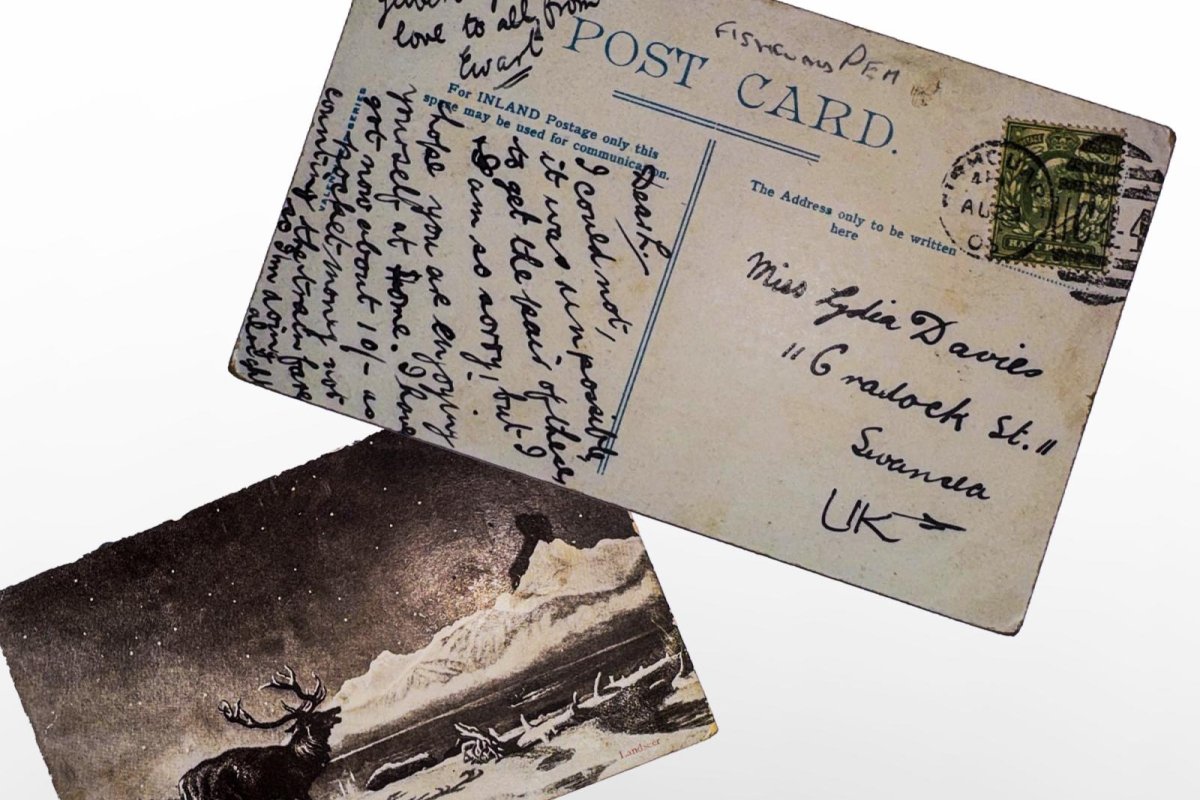
A Welsh bank has stunned locals by receiving a postcard that was mailed 121 years ago. The postcard, addressed to a former branch of the bank in Brecon, Wales, was finally delivered this week, marking an extraordinary delay in its journey.
The postcard was originally sent in 1903, a time when the Welsh town was much different from today. The card, featuring a scenic view of Brecon, was intended for a local resident whose name and address were carefully written in ink. The recipient’s identity and the sender’s details remain unclear, as the card had been stored in a collection of historical documents until its discovery.
According to the bank, which now operates a different branch, the postcard surfaced during an archival review intended to preserve historical documents and artifacts. Upon examination, it was found that the postcard had been misplaced for over a century, a victim of archival mismanagement rather than postal error. The discovery has piqued the interest of local historians and the public, sparking curiosity about the lives of people from the early 20th century and the state of postal services during that era.
Local postal authorities have expressed amazement at the card’s journey. “It’s remarkable to see a piece of history like this finally reach its intended destination,” said a spokesperson. “The fact that the card is still intact after more than a century speaks volumes about the preservation efforts of the past and the durability of historical documents.”
Historical experts are intrigued by the postcard’s condition and its late arrival. They suggest that the card’s longevity is due to the quality of the materials used, which have withstood the test of time remarkably well. This rare find also highlights the challenges faced by historical preservationists in managing and safeguarding artifacts that can offer invaluable insights into the past.
The bank plans to display the postcard in a local museum exhibit dedicated to Brecon’s history, providing visitors with a glimpse into the past. The card’s arrival has become a talking point in the community, reflecting a broader fascination with historical curiosities and the enduring legacy of the town’s past.
The story of the postcard serves as a reminder of how objects from the past can unexpectedly resurface, connecting people to their history in ways that are both surprising and poignant. As local residents and historians continue to explore this unique artifact, the postcard’s delayed journey underscores the intricate and often unpredictable nature of historical documentation and preservation.




